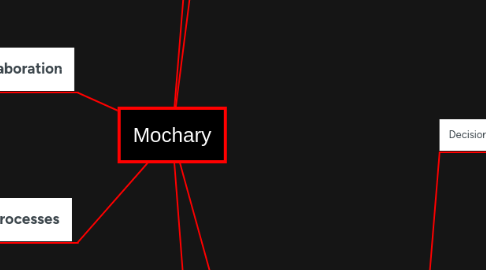
1. 1. The beginning
1.1. Getting started
1.1.1. Book: disciplined entrepreneurship
1.2. The team
1.2.1. Co-founders
1.2.2. The team
1.2.3. Morale
1.2.4. Communication & organization
1.2.5. Speed
2. 2. Individual habits
2.1. Getting things done
2.2. Inbox zero
2.3. Top goal
2.4. On time and present
2.5. When you say it twice, write it down
2.6. Gratitude and appreciation
2.7. Energy audit
2.7.1. Technical founder
2.7.1.1. Embracing sales
2.7.1.2. The technical chasm
2.7.1.3. Leaving engineering
2.8. Health & wellbeing
2.8.1. Physical and mental fitness
2.8.1.1. Exercise
2.8.1.2. Mental health
2.8.1.3. Sleep
2.9. Financial health
2.9.1. Liquidity
2.9.2. Banks vs brokerage firms
2.9.3. Investing
3. 3. Group habits
3.1. Decision making
3.1.1. Creating Buy in
3.1.1.1. 3 methods
3.1.1.1.1. Method 1: fastest but least buy in
3.1.1.1.2. Method 2: More buy in and some collective wisdom but slower
3.1.1.1.3. Method 3: most buy in and most collective wisdom but slowest
3.1.1.2. Writing versus talking (issues and proposed solutions)
3.1.1.2.1. For methods 2 & 3
3.1.1.2.2. Issues plus solutions must be written ahead of time
3.1.1.2.3. Easy way:
3.1.1.2.4. Jeff Bezos story
3.1.1.3. Loudest voice in the room
3.1.2. Rapid decision making
3.1.3. Transparency
3.2. Impeccable agreements
3.3. Conscious leadership
3.3.1. Leading from above the line
3.3.2. Conscious principles
3.3.2.1. Taking radical responsibility
3.3.2.2. Learning through curiosity
3.3.2.3. Feeling all feelings
3.3.2.4. Speaking candidly
3.3.2.5. Eliminating gossip
3.3.2.6. Integrity
3.3.2.7. Generating appreciation
3.3.2.8. Living a life of play and rest
3.3.2.9. Exploring The opposite
3.3.3. Joy Versus fear
3.3.4. Empathy
